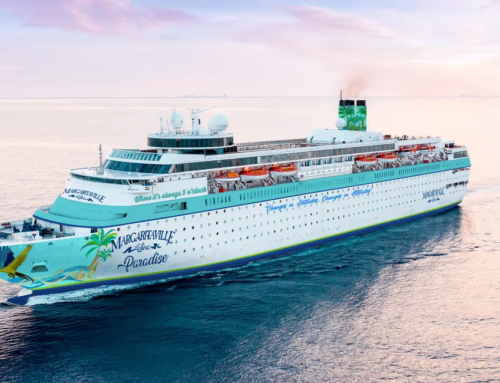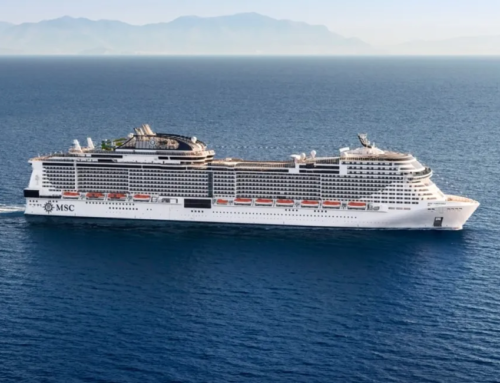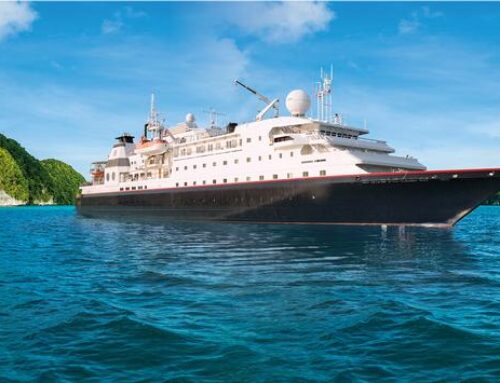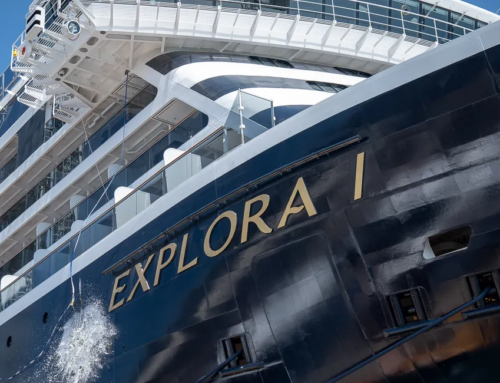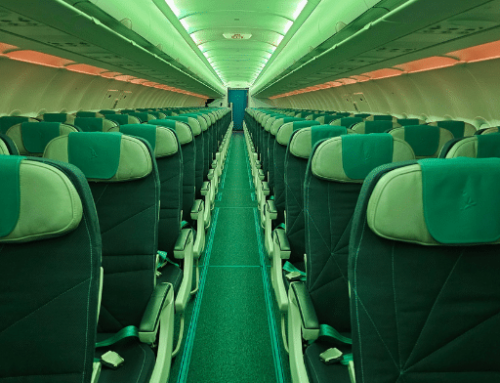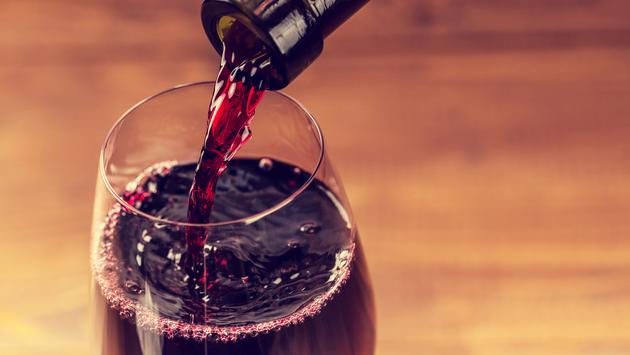
Discovering the disparities between a $20 and a $200 bottle of wine can be a challenge, even for seasoned sommeliers. At the Food & Wine Classic in Aspen, Carlton McCoy provides insights into identifying wines based on their cost and what sets them apart.
Identifying primary and secondary aromas and flavor notes is a crucial step in wine tasting. However, it’s natural to wonder about the price tag of the glass you’re savoring. Carlton McCoy, CEO of Lawrence Wine Estates in St. Helena, California, explains that very high-quality wines, which are often expensive, possess a distinct concentration that cheaper wines typically lack. The process of crafting wine with such complexity and cultivating vineyards accordingly incurs significant costs, resulting in a higher price point. While some wines may rely on marketing campaigns to justify higher prices, this is a minority and tends to be short-lived.
During the Food & Wine Classic in Aspen, McCoy plans to guide attendees through six diverse wines, ranging from budget-friendly options priced at $20 to indulgent selections retailing around $200. The experience may vary depending on each taster’s palate, preferences, and tasting background. McCoy emphasizes the importance of taking time with the process to avoid jumping to conclusions or allowing biases to cloud judgment. “You really need to feel the wine,” he advises. “Each wine wants to tell its story, but you have to listen closely.”
When asked about consistently underpriced wines, McCoy highlights Sancerre, a Sauvignon Blanc from France’s Loire Valley, as a noteworthy option in terms of value. He praises its widespread popularity and describes it as a highly complex wine with pronounced mineral characteristics.
Sancerre is a renowned white wine made from the Sauvignon Blanc grape variety in the Sancerre region of France. It is highly regarded for its refreshing character, with vibrant acidity and distinct flavors of citrus, flint, sea salt, and herbs. According to experts, vintages such as 2015, 2016, 2018, and 2019 are considered exceptional for Sancerre white wine. However, it’s worth noting that most crisp white wines are best consumed within approximately two years from the vintage date indicated on the label. Therefore, it is advisable to enjoy Sancerre sooner rather than later. Here are a few examples:
- Domaine Fournier Père Et Fils Sauvignon Blanc ($16)
- Clément Et Florian Berthier Coteaux Du Giennois Blanc ($17)
- Domaine Mérieau L’arpent Des Vaudons Touraine ($15)
- Domaine Pellé Menetou-Salon Morogues ($26)
For those interested in hosting a wine tasting at home, McCoy offers tried-and-true tips for determining price point and quality. He suggests looking for a long finish, which refers to the duration of the wine’s taste after swallowing. Additionally, balance is crucial, ensuring that the wine’s acidity, alcohol content, and other elements harmoniously contribute to its overall profile, without being excessively high or low.

